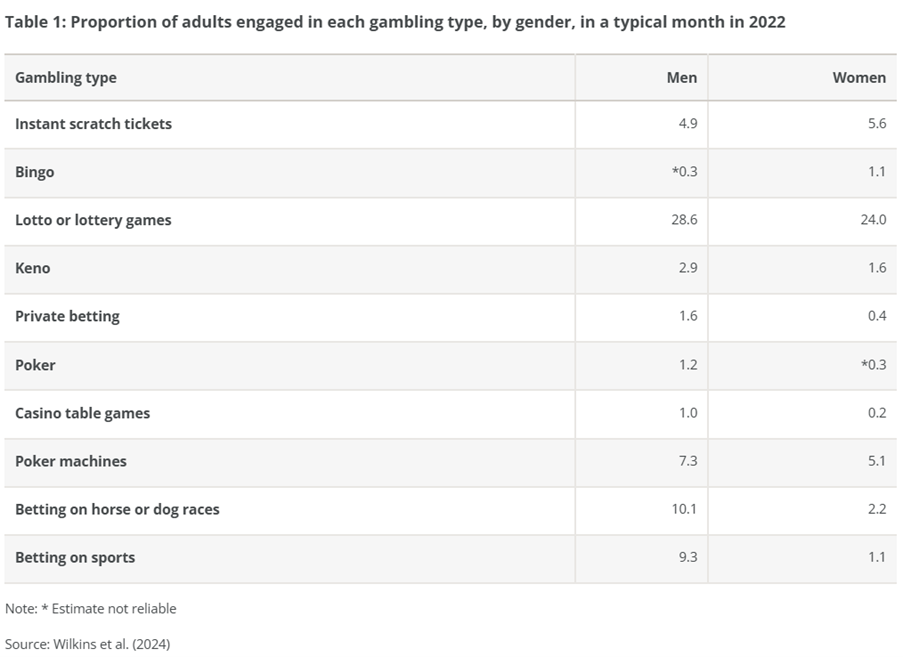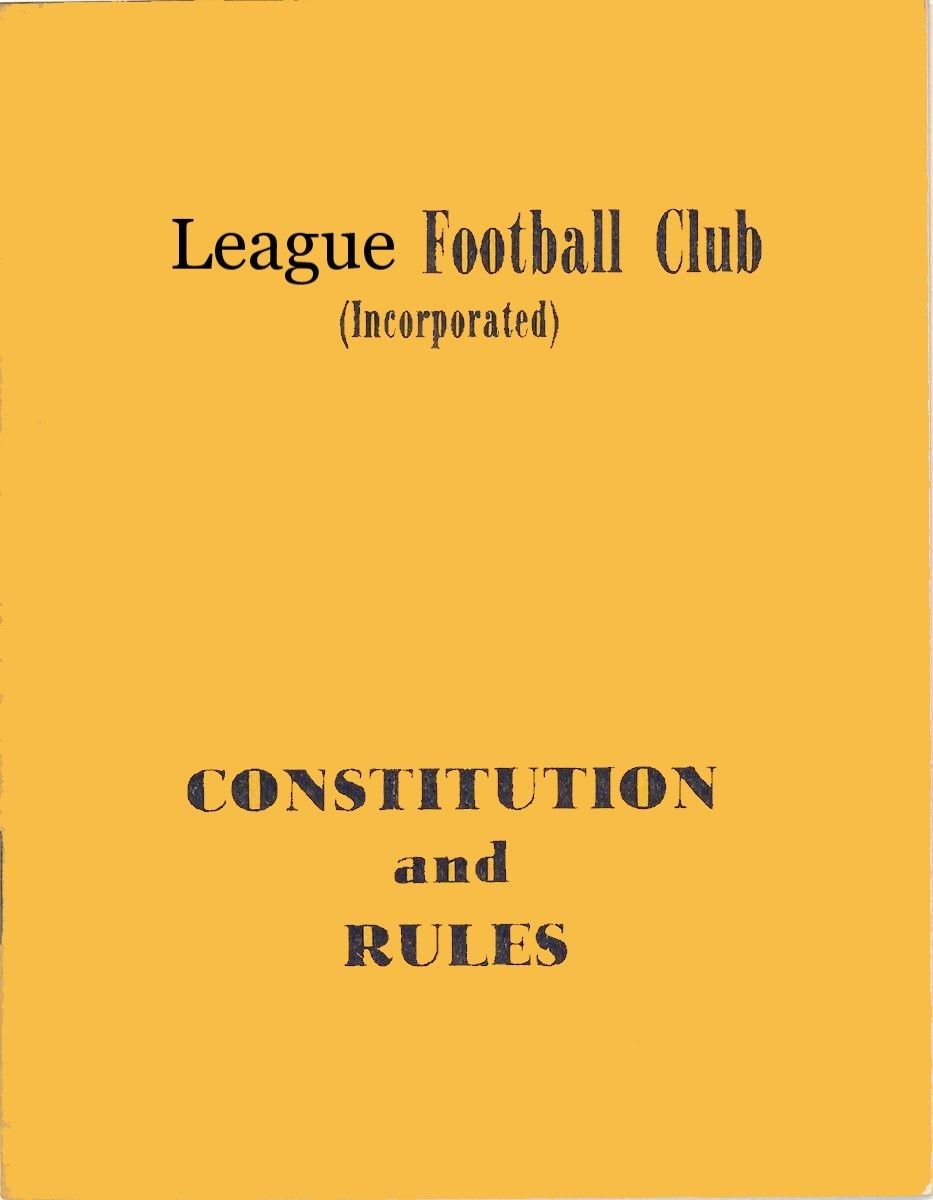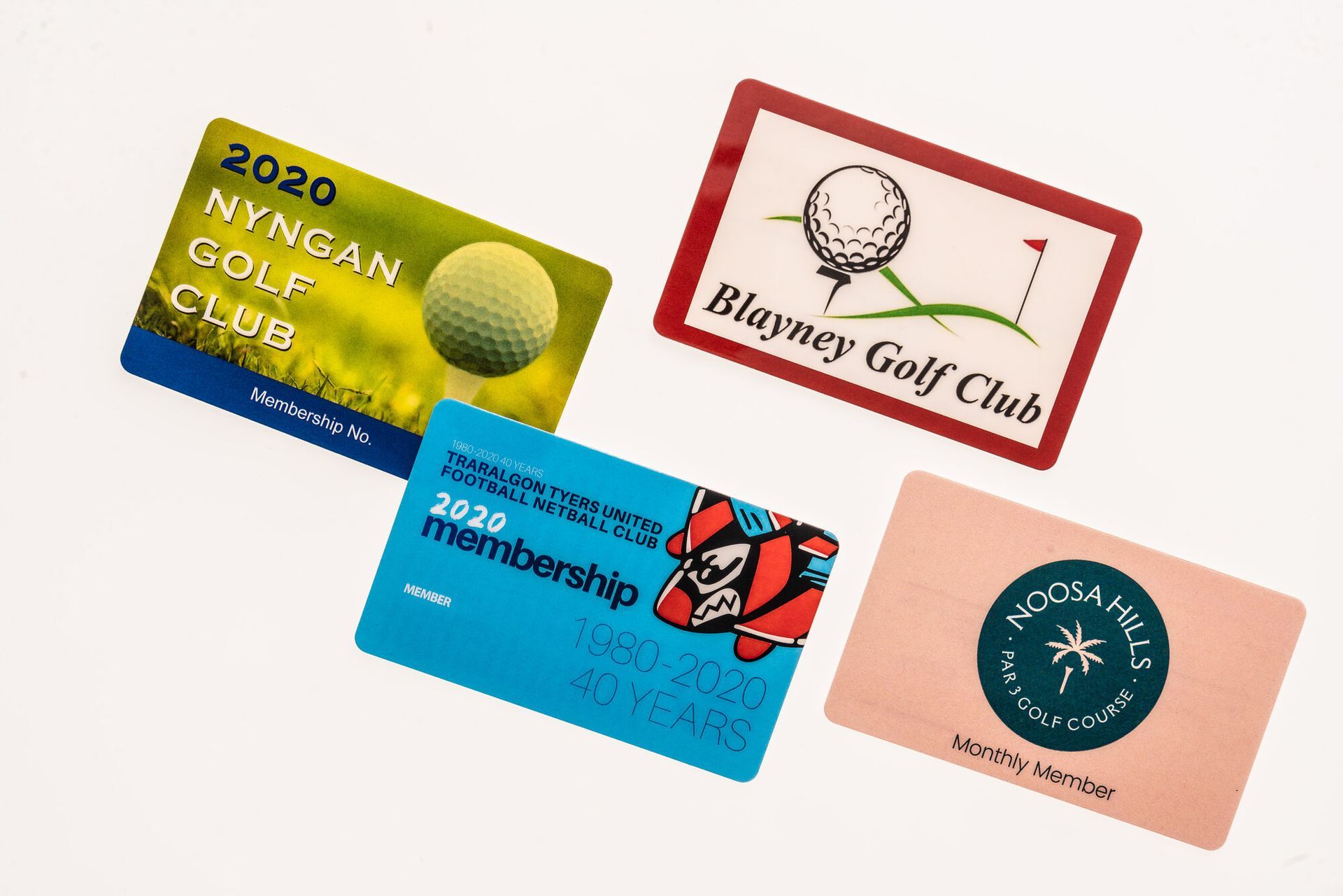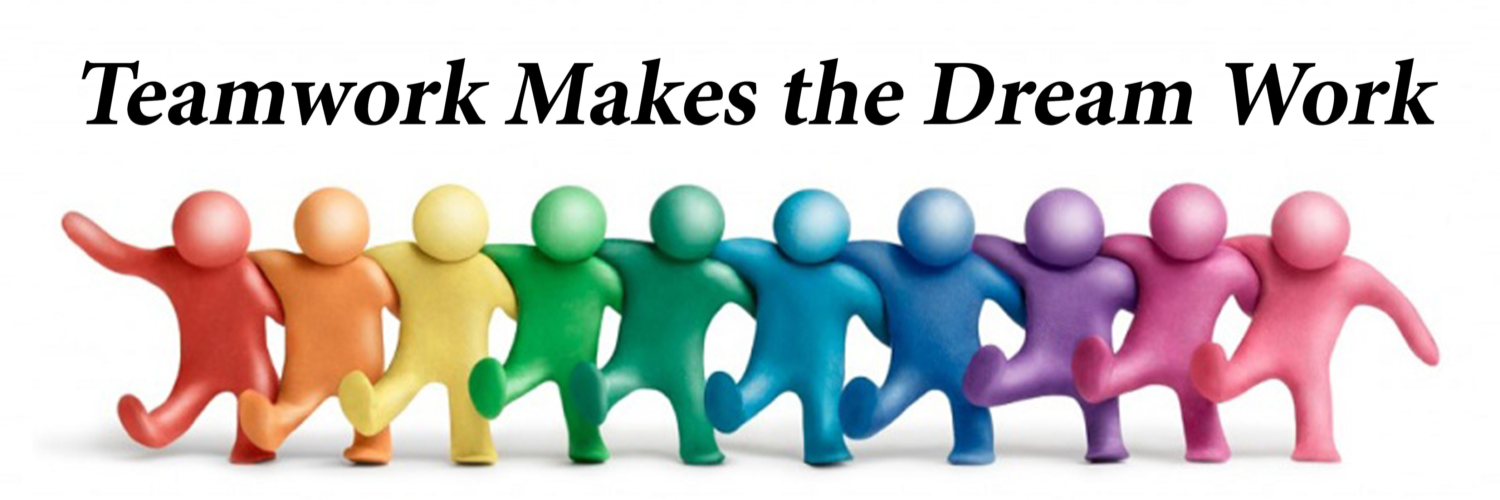How well are we really doing on Harm minimisation?
Harm minimisation in its various forms is tough to talk about

Just like, sex, religion and politics – the taboo discussion topics at a dinner party or barbeque, harm minimisation in its various forms is tough to talk about. One area of harm minimisation – alcohol abuse – has been addressed reasonably effectively over the past 40 years or so, with Responsible Service of Alcohol (RSA) training and certification for hospitality staff and Random Breath Tests (RBT) policing those who drink and drive.
We’re not perfect but many a life has been saved with frontline application of the RSA principles and RBT making people think twice about getting behind the wheel after a few bevvies too many. People still do the wrong thing and the consequences are dire – road deaths, domestic and family violence and financial challenges. However, slow progress towards the target, is still progress.
The other huge area of harm minimisation is gambling. This is a whole other level of challenge due to the omnipresence of opportunities and channels to gamble through. The conservatives (like me) probably gamble regularly on Lotto or Scratchies, which are not seen as “bad or risky” gambling, whilst other folks enjoy a regular flutter at the races, in the TAB or on their phone betting apps. Some folk play poker and other card games for real money, even professionally, but it is usually the amateurs who suffer harm, through poor decision making.
The big nasty is poker machines (electronic gaming machines EGMs) which are demonised through their perceived massive effect on individuals with a problem relationship with gambling. We’ll look at some Government statistics on this in a minute.
I just need to establish some parameters here –
x The opinions in this article are entirely mine and should not be associated with any entity I am connected to
x I am not a psychologist, psychiatrist or any form of qualified counsellor
x I am making observations on facts I have researched and reached my own conclusions on
x I am happy for you to disagree with me and we can still be friends
x Gambling, in all its forms, is mostly legal entertainment in most jurisdictions.
Statistics from the Australian Institute of Health and Welfare (AIHW)
The Government conducts research periodically into many things and the AIHW does so into gambling. The introductory paragraphs of the Gambling page of the AIHW website offers the following insight:
Gambling
Gambling encompasses a range of activities where people stake money on an uncertain outcome to win money (Sathanapally et al. 2024). There are many different types of gambling, including lotteries, scratchies, pokies, betting, and casino games. While gambling is often promoted as a recreational or entertainment activity, it can negatively impact the health and wellbeing of individuals, families and the broader community (Hilbrecht et al. 2020; Latvala et al.2019; Wardle et al. 2024).
The potential health, social and economic harms associated with gambling are a major public policy issue in Australia, and include:
x financial and mental distress
x emotional and psychological costs
x relationship and family impacts
x productivity loss and work impacts (Abbott 2020; Latvala et al. 2019; Sathanapally et al. 2024).
The 2024 Household, Income and Labour Dynamics in Australia (HILDA) Survey, funded by the Federal Government and conducted by the University of Melbourne found in 2022 –

These statistics show that whilst Australia has the reputation of being the largest gamblers per capita in the world (they say we’ll bet on two flies walking up a wall), other than Lotto and lottery type games, the proportion of people who gamble is really pretty low. And my theory (unproven) is that many of the people would be reported in more than one category, so simply adding up the percentages would be a fallacious proposition to calculate how many people actually gamble (nearly 60 percent of males and 40 percent of females would be the cumulative percentages).
Risky gambling is where the harm minimisation issue lies, where people seem to have little or no control on their approach to gambling, in whatever form that takes.
The HILDA Survey provides the following statistical insight –
Gambling at risky levels
Measuring problem gambling
The 2024 HILDA report estimated that the prevalence of risky gambling varies by level of severity and is much higher among men than women. Between 2018 and 2022, there was an increase in the proportion of Australians reporting any gambling problem. Looking at the prevalence for the 3 gambling severity types:
x low-risk gambling was 3.7% in 2018, compared with 4.9% in 2022
x moderate-risk gambling was 2.5% in 2018 and 3.1% in 2022
x high-risk gambling was 1.1% in 2018 and 1.8% in 2022 (Wilkins et al. 2024).
In 2022:
x 3.3% of women reported low-risk gambling compared with 6.7% of men
x 1.2% (157,000) of women reported high-risk gambling compared with 2.4% (310,000) of men.
- This was an increase from 0.6% and 1.6% in 2018, respectively (Wilkins et al. 2024).
This is where the emotion enters the argument. We can confidently say only 1.8 percent of the adult population engages in High-risk gambling – the sort that can end up in losing life savings, the family home, superannuation savings, marriages and breaking up families. BUT, and it is a big BUT, if it is your father, brother, aunt, cousin, best friend or a close work colleague, it jumps to 100 percent of your population (so to speak). The statistical numbers may be small (467,000 individuals in a population of 26 million or so) but when it is someone you know, the impact is very real and all encompassing.
Further from the AIHW Gambling page –
Risky gambling, health and wellbeing
Being an at-risk gambler is associated with lower overall life satisfaction, decreased mental health, high alcohol consumption and financial stress.
Women who are risky gamblers are more likely (than women who are non-gamblers or non-problem gamblers) to experience lower life satisfaction and more likely to be heavy drinkers. Men who are risky gamblers are more likely to experience mental health issues and more likely to experience financial stress (Wilkins et al. 2024).
Gambling harms and its impact on others
The National Telephone Survey of the 2019 Interactive Gambling Studyestimated that 6.0% of Australian adults reported being harmed by someone else’s gambling (Hing et al. 2021). Those most commonly affected were:
x family members (including spouses/partners, other relatives, siblings, former spouse/partners)
x friends
x work colleagues.
The most common harms experienced due to another person’s gambling were feeling angry, distressed or hopeless about their gambling, and experiencing greater tension and conflict in their relationships. Reduction of available spending money or savings, loss of sleep and less enjoyment from time spent with people they care about were also commonly reported (Hing et al. 2021).
Are we doing enough?
Here is where I am conflicted. Working in hospitality for 50 years, we have become practised at saying ‘You’ve had enough to drink, go home’. But how are we doing with ‘You seem to have been gambling for quite a while, perhaps you should take a break or go home’. I also have heard many stories where patrons, approached from a well intentioned point of view regarding welfare, have ‘blown up’ about being questioned on their gambling behaviour.
We must all have Responsible Conduct of Gaming (RCG) training and certification, including Advanced RCG in NSW, and as reporting entities under Anti-Money Laundering and Counter Terrorism Financing (AML/CTF) legislation, we all need to have AML/CTF Staff Awareness or Board Oversight training, which compels us (sensibly) to Know Your Customer (KYC). This should mitigate any embarrassing situation like the blow ups, but not 100 percent of the time.
Part of my internal conflict is that the media and some politicians insinuate that anyone who touches a poker machine, or has a flutter on the horses or other sports, is a gambling addict. The previously quoted statistics put a lie to that assertion. However, I personally don’t believe that Loyalty Programs (in the gaming context) are doing us any favours in minimising harm.

If there were no Loyalty Programs, then the inducement of additional player benefits for longer or larger play would be removed and players might potentially be less inclined to increase their gambling. Whilst in NSW you cannot advertise gaming machines externally to venues, nor on any media channel, wagering advertising seems to be completely unfettered and potentially targeting the under age individuals in our society. And that is a topic for another day.
If you have an opinion, or suggestions on ways to sensibly improve our harm minimisation approaches, I would love to hear from you, to help reduce any potential harm our legal forms of entertainment might create. Contact Ron Browne, Managing Consultant, Extrapreneur Services ron@extrapreneurservices.com.au or 0414 633 423.










